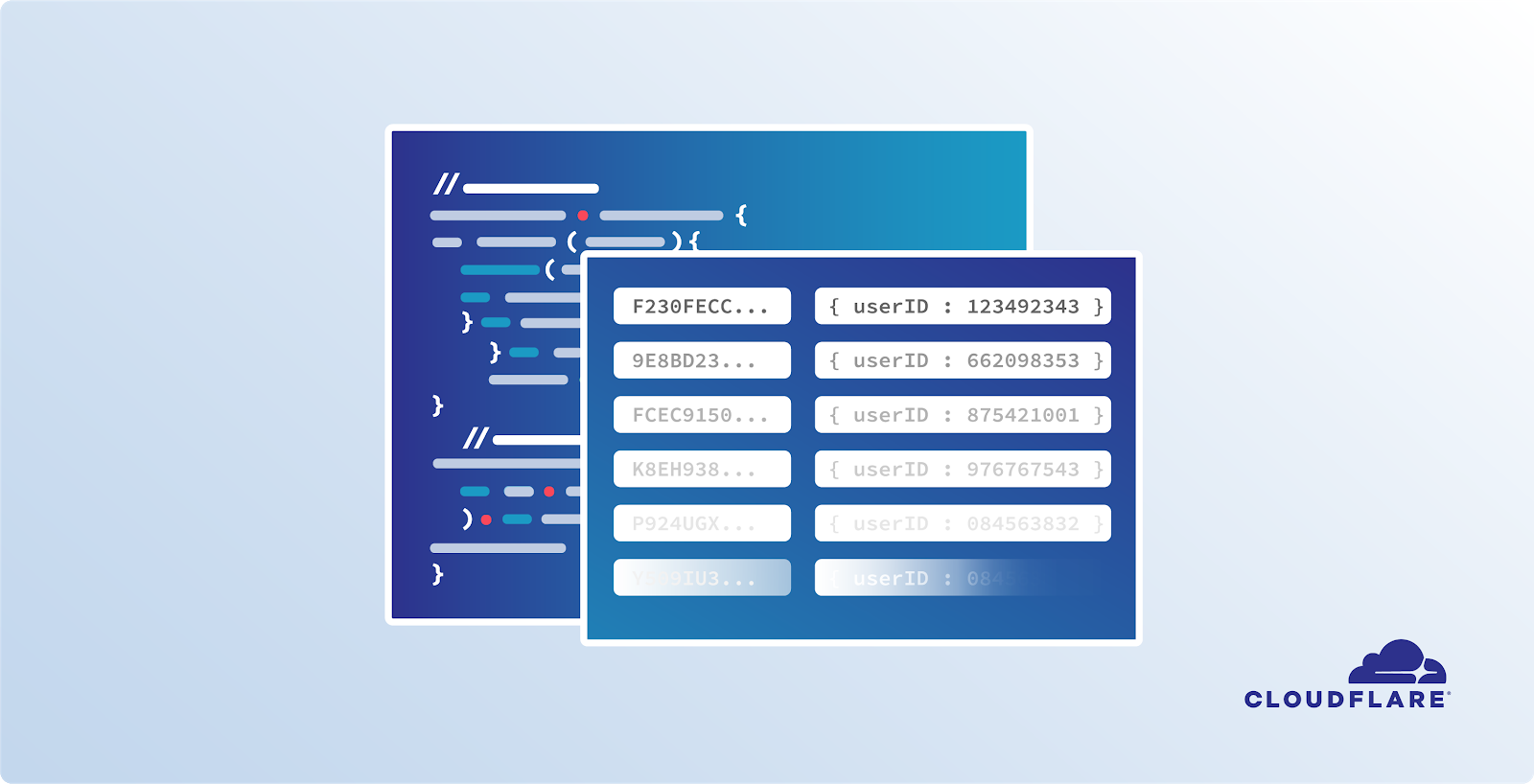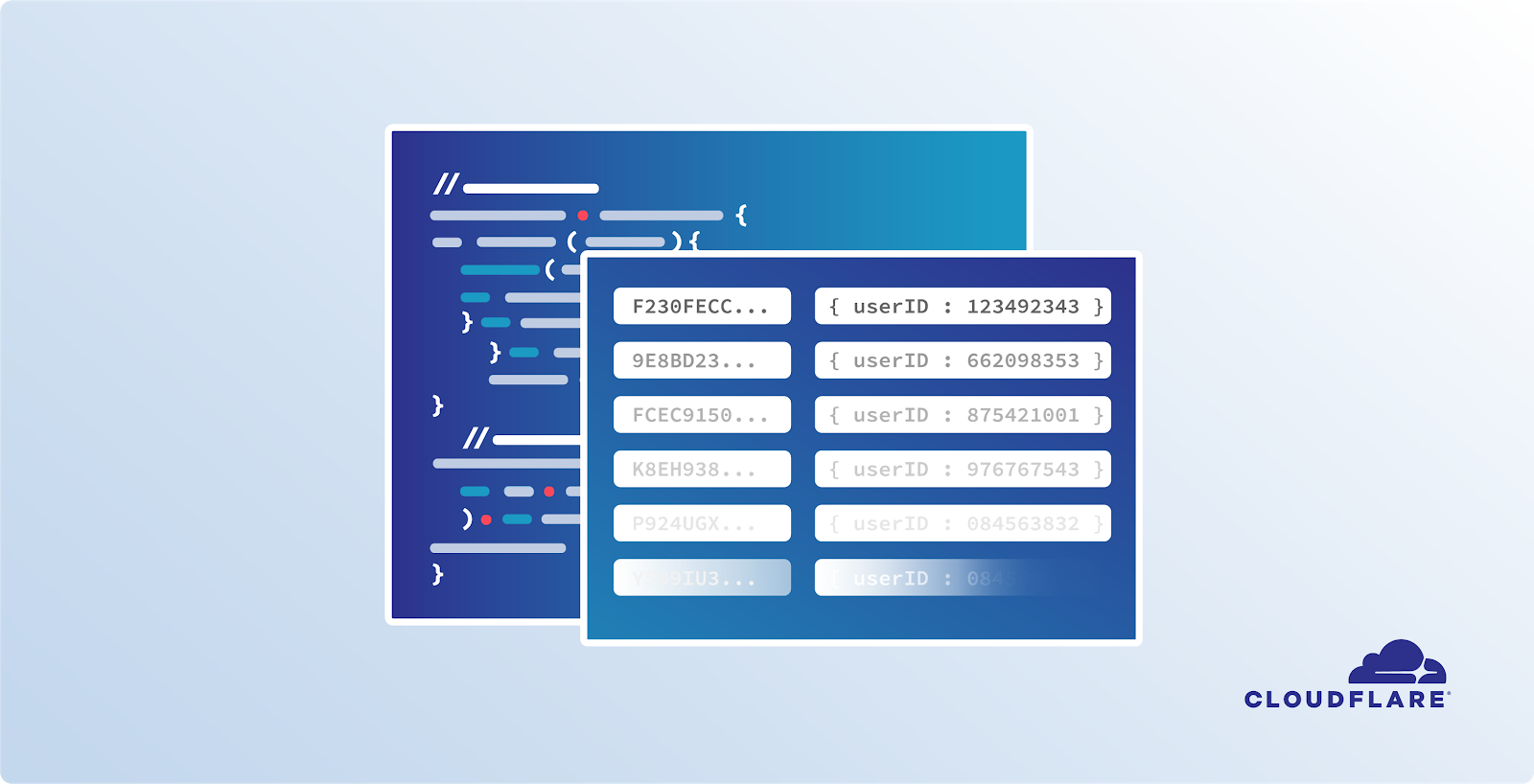BiB095 – On New and Old Normal in IT Infrastructure
There was not an 'old normal' and there won't be a 'new normal'. Don't be fuddled about this.
The post BiB095 – On New and Old Normal in IT Infrastructure appeared first on Packet Pushers.
There was not an 'old normal' and there won't be a 'new normal'. Don't be fuddled about this.
The post BiB095 – On New and Old Normal in IT Infrastructure appeared first on Packet Pushers.
If the hyperscalers are a crystal ball in which we see the far-off future of compute, storage, and networking writ large and ahead of the mainstream, then the public cloud builders are a mirror in which we see the more immediate needs and desires of enterprises. …
The Battle For Enterprise Compute Begins In The Cloud was written by Timothy Prickett Morgan at The Next Platform.
Take a Network Break! We cover HPE's virtual Discover event, including news on Greenlake and Ezmeral. LiveAction extends its portfolio with cloud monitoring, Anuta and Juniper partner around network automation, VMware releases a private beta of VMC on Oracle Cloud, and more tech news.
The post Network Break 290: HPE Unveils Edge-To-Cloud Strategy; Anuta, Juniper Partner On Automation appeared first on Packet Pushers.

News isn’t free: Google has announced it will pay some news publishers in a “new news experience” it is rolling out later this year, TechCrunch reports. News outlets in Germany, Australia, and Brazil are among the first group of publishers that have signed on. The goal is to “help participating publishers monetize their content through an enhanced storytelling experience that lets people go deeper into more complex stories, stay informed and be exposed to a world of different issues and interests,” Google says.
AI in HR: Japanese companies are turning to artificial intelligence to help hire employees, Japan Times says. SoftBank says it has cut labor time by 75 percent by using AI to sift through tens of thousands of resumes. Still, some companies are concerned about AI giving them inappropriate or discriminatory decisions.
Attacking encryption: Three U.S. Senators have introduced legislation that would require tech companies to help law enforcement agencies defeat end-to-end encryption, PC Mag reports. The Republican bill would allow courts to order companies to bypass encryption when police agencies request it.
More broadband for all: In the meantime, a group of U.S. representatives has introduced legislation to spend $100 billion to deploy fiber-based broadband Continue reading


The Workers Distributed Data team has been hard at work since we gave you an update last November. Today, we’d like to share with you some of the stuff that has recently shipped in Workers KV: a new feature and an internal change that should significantly improve latency in some cases. Let’s dig in!
Workers KV has a fairly straightforward interface: you can put keys and values into KV, and then fetch the value back out by key:
await contents.put(“index.html”, someHtmlContent);
await contents.put(“index.css”, someCssContent);
await contents.put(“index.js”, someJsContent);
// later
let index = await contents.get(“index.html”);
Pretty straightforward. But as you can see from this example, you may store different kinds of content in KV, even if the type is identical. All of the values are strings, but one is HTML, one is CSS, and one is JavaScript. If we were going to serve this content to users, we would have to construct a response. And when we do, we have to let the client know what the content type of that request is: text/html for HTML, text/css for CSS, and text/javascript for JavaScript. If we serve the incorrect content type to Continue reading
Hello my friend,
With this post we start the second series of the Code EXpress (CEX) blogposts covering Python (namely, Python 3.8) basics for the network engineers. Previously we have covered the most simple elements and heading now to more complex scenarios.
Knowing how to improve the efficiency of your network or IT operation via applying some of the automation techniques with Ansible or Python is getting more and more important.

Boost up your skills with the industry best network automation training covering the details of the NETCONF/YANG, REST API with Bash, Ansible and Python for managing network devices from Cisco, Nokia, Arista and Cumulus. Besides you get the Linux management skills, as well as network virtualisation (KVM) and containerisation (Docker).
In today’s blogpost we are going to cover the basics of the working with file in Python. Despite there are multiple ways how you can do, we will share, we believe, one of the most popular and convenient way:
Today we look at an evaluation of AMD versus Nvidia GPUs for HPC applications, we also consider infrastructure for AI in production drug discovery, and in a completely different direction, we talk to Danny Shapiro, head of automotive at Nvidia about the datacenter requirements for future autonomous vehicles. …
Next Platform TV for Monday, June 28 was written by Nicole Hemsoth at The Next Platform.
Every Kubernetes cluster is provisioned with a special service that provides a way for internal applications to talk to the API server. However, unlike the rest of the components that get spun up by default, you won’t find the definition of this service in any of the static manifests and this is just one of the many things that make this service unique.
To make sure we’re on the same page, I’m talking about this:
$ kubect get svc kubernetes -n default
NAME TYPE CLUSTER-IP EXTERNAL-IP PORT(S) AGE
kubernetes ClusterIP 10.96.0.1 <none> 443/TCP 161m
This service is unique in many ways. First, as you may have noticed, it always occupies the first available IP in the Cluster CIDR, a.k.a. --service-cluster-ip-range.
Second, this service is invincible, i.e. it will always get re-created, even when it’s manually removed:
$ kubectl get svc
NAME TYPE CLUSTER-IP EXTERNAL-IP PORT(S) AGE
kubernetes ClusterIP 10.96.0.1 <none> 443/TCP 118s
$ kubectl delete svc kubernetes
service "kubernetes" deleted
$ kubectl get svc
NAME TYPE CLUSTER-IP EXTERNAL-IP PORT(S) AGE
kubernetes ClusterIP 10.96.0.1 <none> 443/TCP 0s
You may notice that it comes up with the Continue reading
Text documents are the final result of rendering templates. Depending on the end consumer of these documents whitespace placement could be significant. One of the major niggles in Jinja2, in my opinion, is the way control statements and other elements affect whitespace output in the end documents.
To put it bluntly, mastering whitespaces in Jinja2 is the only way of making sure your templates generate text exactly the way you intended.
Now we know the importance of the problem, time to understand where it originates, to do that we’ll have a look at a lot of examples. Then we'll learn how we can control rendering whitespaces in Jinja2 templates.
A little late, but still…
As a search engine optimization (SEO) and domain name consultant, one of the questions I get asked most often about domain names is whether or not the domain name or TLD (Top-Level Domain) matters. Will the domain name ending have an effect on SEO or search engine rankings. Are certain domain name endings preferred by the search engines over other domain name extensions? I decided to answer this question based on search engine optimization testing and not just on my Continue reading
ServiceNow is increasing investment in its data centre infrastructure by developing new facilities...
Palo Alto Networks and Aqua Security researchers say cryptojackers are inserting malicious images...
HPE rolled out a new software strategy and software brand, Ezmeral; AWS sweetened the no-code pot;...
RCS Communications is SES's first SD-WAN customer, and it's using SD-WAN to enhance and fortify its...
“We don’t necessarily have any ambition in the U.S. market just because this is such a...
The feature allows for central management of data protection of Kubernetes clusters running across...